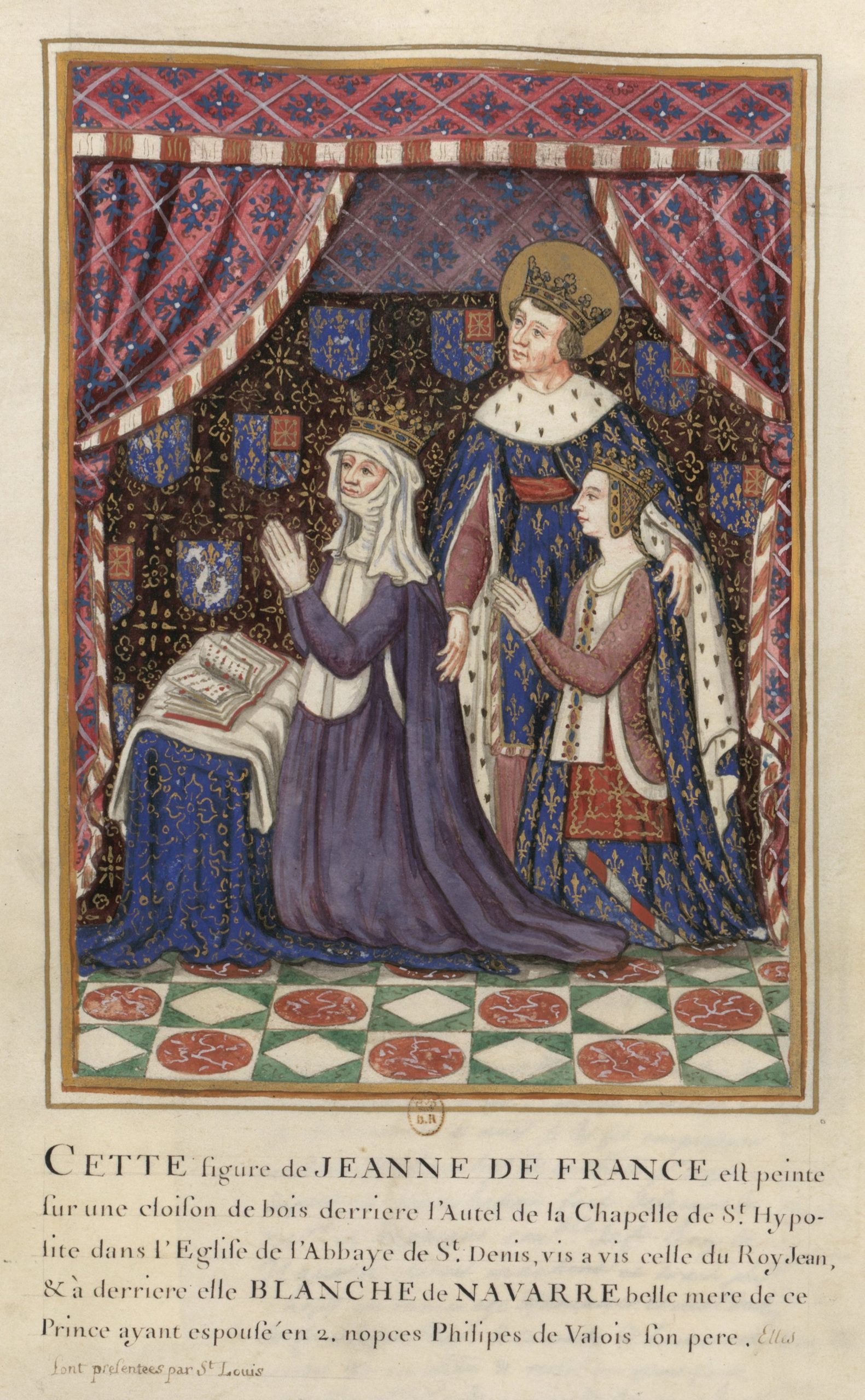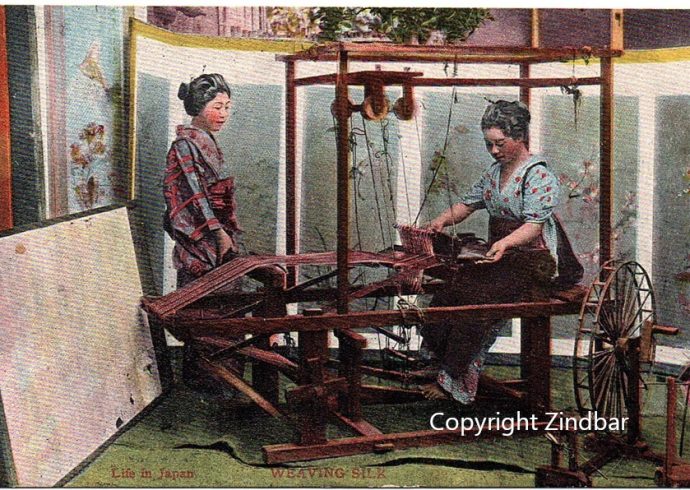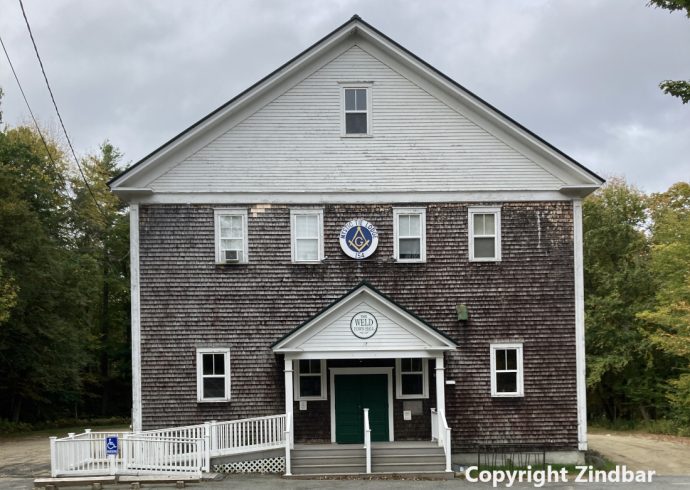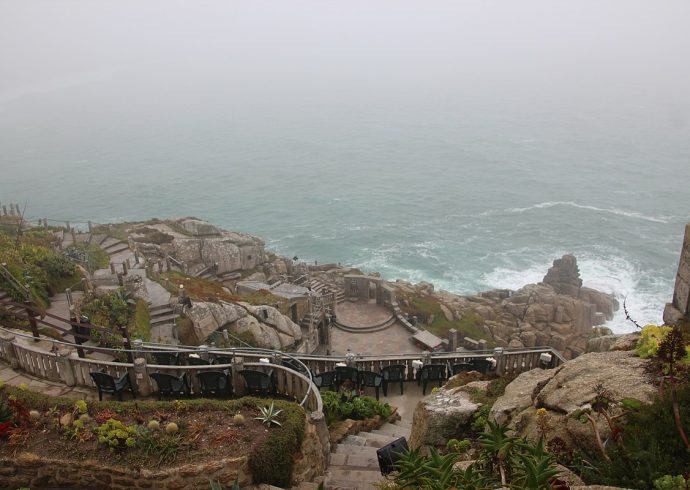
Queen Blanche of Navarre
Born circa 1331 in the Kingdom of Navarre, located in modern day Spain and Frances near the Pyrenees, Blanche was the third daughter of the ruling monarchs King Philip III and his wife Joan. With familial descent from the House of Capet, Blanche d’Évreux, as her full name was in French, was destined to be princess and ruling Queen when she turned nineteen years old.
Queen Blanche was originally intended to marry John, Duke of Normandy, heir to the throne of France in 1350. Instead, she married John’s father, King Philip VI of France, a man who quickly fell in love with the beautiful princess. Of course, Blanche’s parents believed this alliance to be an even better one than if she were to marry the Duke of Normandy. Unfortunately for his son, John initially refused to attend the wedding, believing his father wanted to keep Blanche all to himself. King Philip VI being an astute negotiator, managed to encourage his son to come around and attend his wedding to Blanche. Philip VI helped arrange the marriage of his son John to Jeanne de Boulogne d’Auvergne, an heiress and the mother of the Duke of Burgundy.
Bearing the titles King Philip VI the Fortunate and Philip VI of Valois, he was the first French king who came from the House of Valois. With Queen Blanche as his wife, Philip had the responsibility to help get the country of France get back on its feet near the end of the pandemic known as the Bubonic Plague. In “Lives and Times of the Early Valois Queens” by Catharine Mary Charlton Bearne, 1350 marked the year that France lost one third of its population to the Black Plague, which greatly affected the nation’s economy, requiring amended laws to help benefit French citizens. Taverns were forced to sell wine manufactured only in France, and other tradesmen such as masons and shepherds were also affected by wages adjustments. Philip VI died in August of 1350 at the age of 56. Queen Blanche was left a widow by the age of 20 before her daughter was born, her reign brief, lasting only seven months during the year 1350.

During her widowhood, Blanche dedicated her time to the education of her daughter, Princess Joan, who was arranged to marry John the Duke of Girona in 1371, but she sadly died before the wedding ceremony could take place. Living at her dowry residence at Neaufles-Saint-Martin, Blanche periodically visited the court of King John II, serving as a liaison with her brother King Charles II. It was in January 1354 when Blanche encouraged John II to sign the Treaty of Mantes, a peace treaty between France and Navarre, with Charles II as co-signer. She also retained diplomatic influence when Charles VI was king of France.
Along with her sister Jeanne d’Evreux, Blanche often visited Catholic orders, being members of the church, making donations, helping to cook meals for those in need and tending to the infirm during the remaining years of her life. In 1398, Queen Blanche of Navarre died at the age of 67. Remembered well for her patience and virtuous Catholic personality, she lived a productive life long after her husband Philip VI died. Blanche never remarried, a rarity for a woman of royal status during the Late Middle Ages in western Europe. In 1838, a play based on the life of Queen Blanche of Navarre was composed by George Payne Rainsford James.
Image Credit: Anonymous – Bibliothèque nationale de France, no date.


